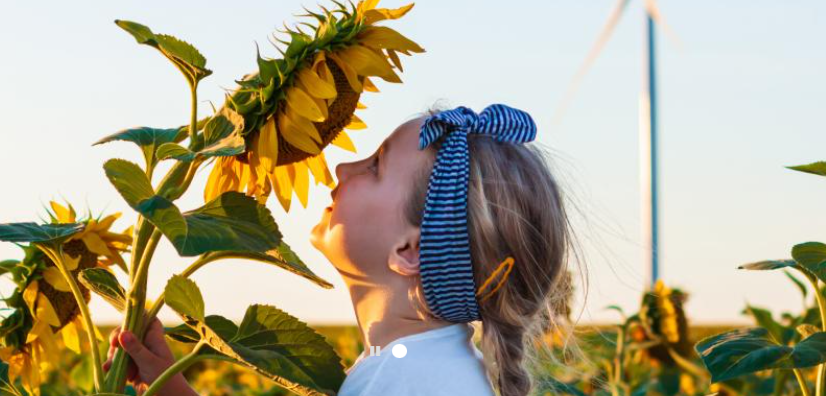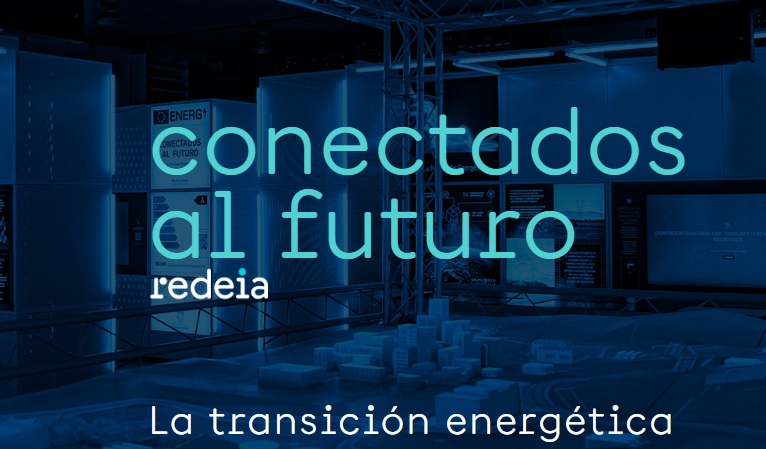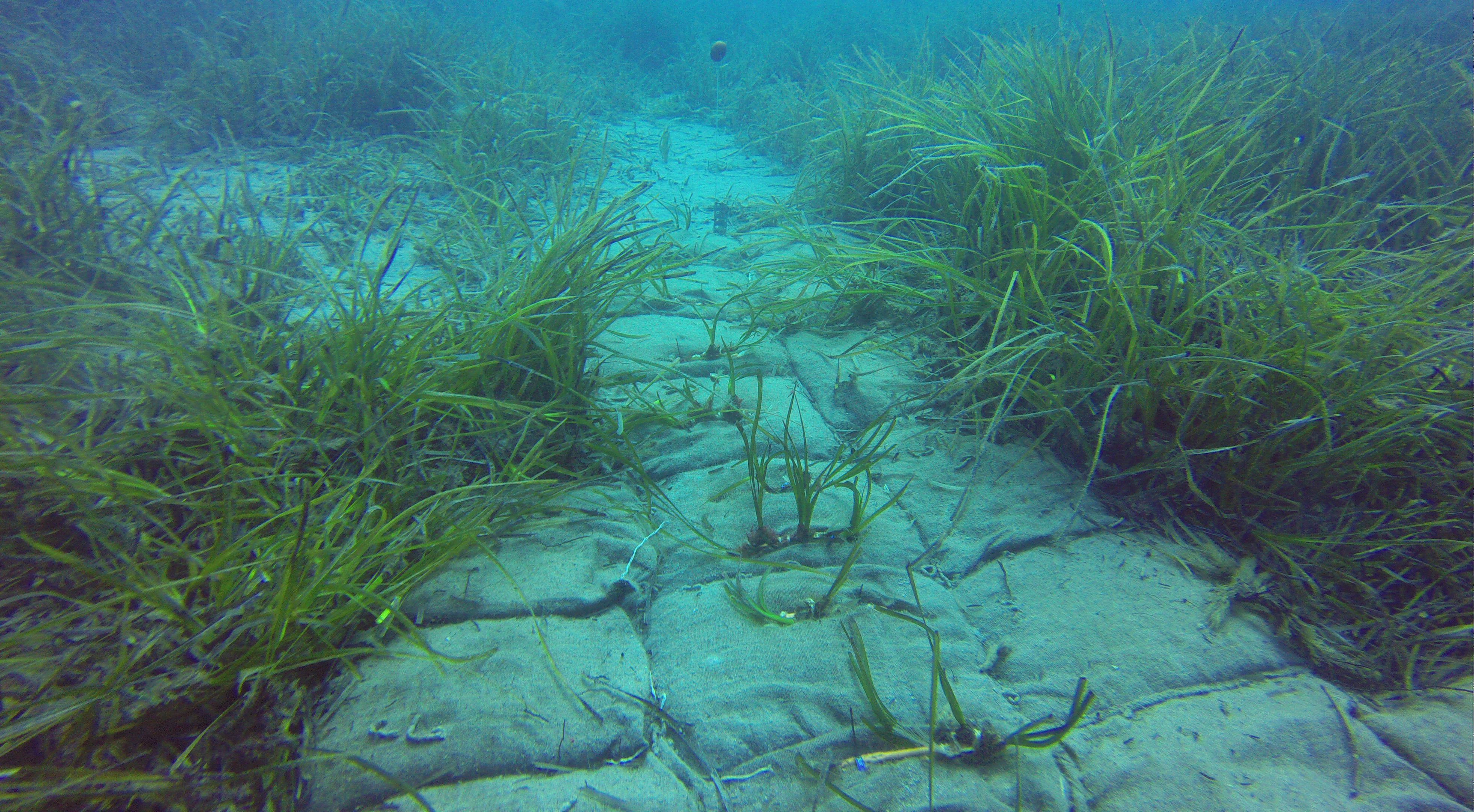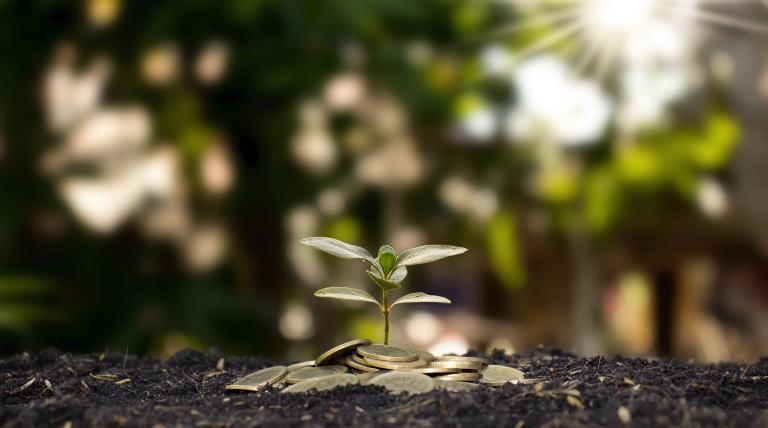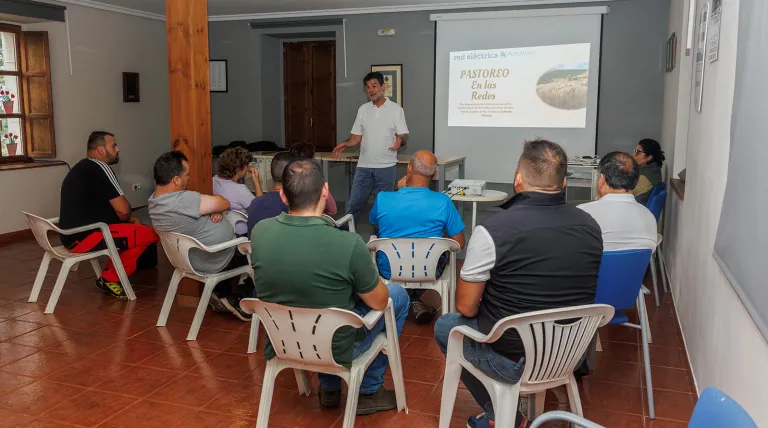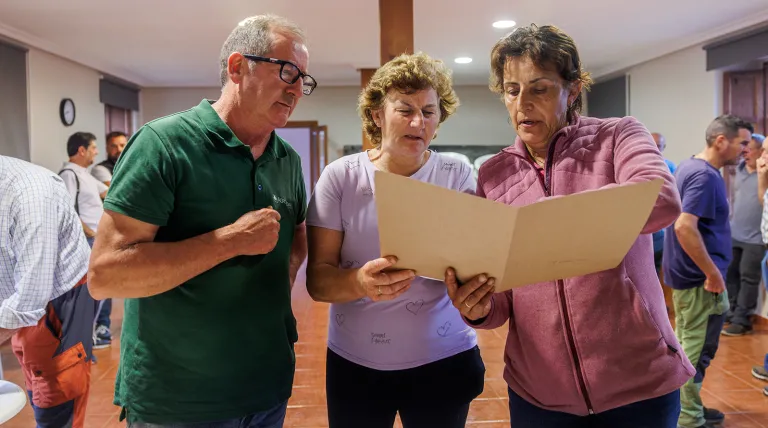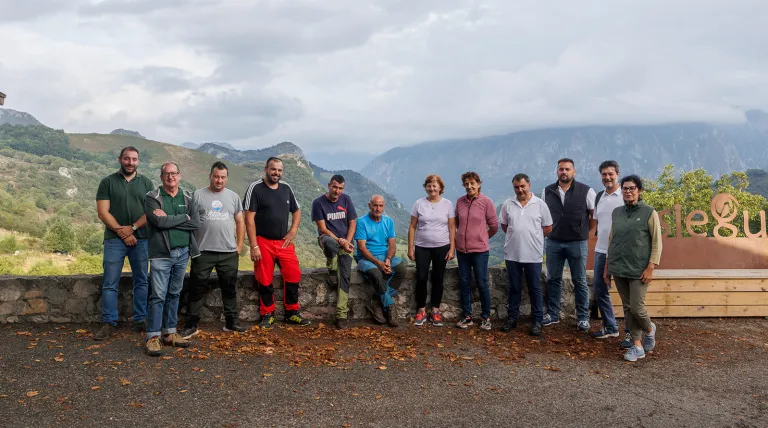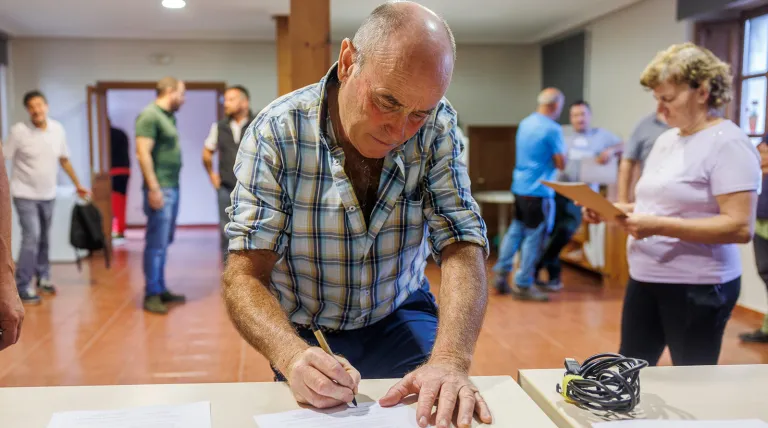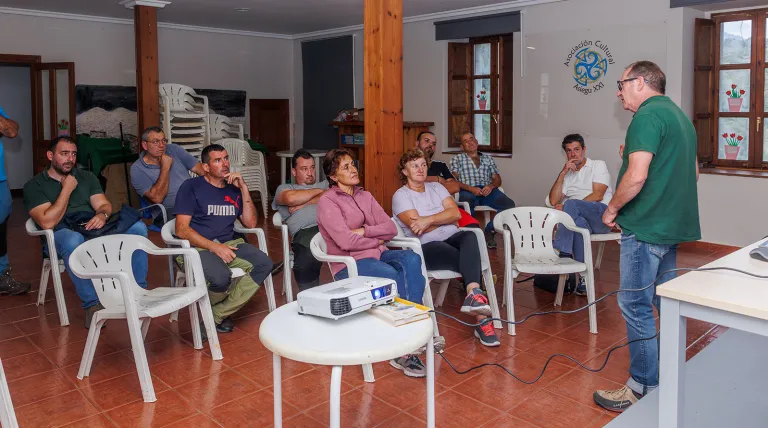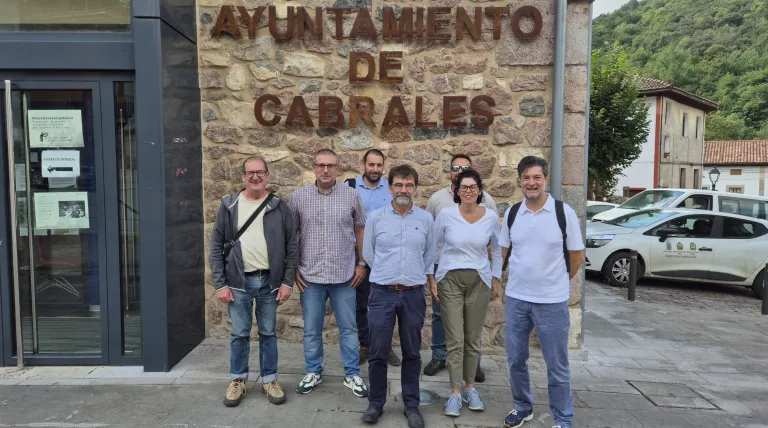We are a global operator of essential infrastructure
- Eight livestock farms will graze animals—512 cattle, 180 goats, 80 sheep, and 23 horses—to control vegetation in safety corridors under the electricity transmission grid in Ortiguero, Asiego, and Carreña
- Redeia is expanding its Pastoreo en Red (Grazing Grid) to Asturias, building on the initiative's success in the provinces of León and La Rioja. The programme has proven effective in preventing forest fires, enhancing biodiversity, encouraging rural development, and stabilising the population
- The practice has been recognised as a ‘Nature-based Solution’ by the International Union for Conservation of Nature

Approximately 800 heads of livestock—512 cattle, 180 goats, 80 sheep, and 23 horses—will maintain the vegetation below Red Eléctrica’s power lines in Ortiguero, Asiego, and Carreña, in Cabrales (Asturias).
Eight local farms have entered into an agreement with Redeia through its subsidiary Red Eléctrica, the company responsible for the transmission system and operation of the electrical system in Spain, to introduce extensive livestock farming on 67.5 hectares of the transmission grid in Asturias. The aim is to supplement mechanical methods for controlling vegetation under the overhead lines with “biological machines,” which include cows, sheep, horses, and goats.
“The corridors that run beneath the power lines must be kept clean and accessible, both to prevent fires and to prevent vegetation from reaching the overhead cables, as well as to ensure that maintenance teams can access the sites quickly and deal with any issues when necessary,” explained Laura Quintana, Director of Sustainable Development at Redeia.
This collaboration between Redeia and the farmers and shepherds of Asturias aligns with the Comprehensive Impact Strategy, which seeks to generate value in the territories where its infrastructure is present, providing solutions to the social and environmental challenges faced by those communities.
To achieve this, the livestock farms receive technical support from Agrovidar, the company responsible for drafting the grazing plan and measuring the positive impact that grazing will have on the Asturian mountains.
Redeia is expanding the Pastoreo en Red (Grazing Grid) in Asturias in the wake of the initiative's success in the provinces of León and La Rioja. The programme has proven effective in preventing forest fires, enhancing biodiversity, encouraging rural development, and stabilising the population.
According to the sampling and data gathered by Redeia, the project to graze animals under the transmission system protects the ecosystem from deterioration, enriches soil, and boosts biodiversity. Biomass volume is reduced, and a different type of vegetation appears in the grazing area, as shrubs and bushes give way to herbaceous species. Moreover, grazed areas have higher biodiversity rates than non-grazed zones, with more arthropods, butterflies, pollinators, and floral units. This transforms these Red Eléctrica sites into ecological corridors, helping to reduce habitat fragmentation.
Pastoreo en Red is beneficial to society in many other ways: it contributes to economic and social development in rural areas, discouraging abandonment and depopulation. It also prevents the disappearance of a way of life and preserves the traditional knowledge that underlies extensive livestock farming.
As a result of all this, in 2022, the IUCN (International Union for Conservation of Nature) recognised Pastoreo en Red as a ‘Nature-based Solution’ (NbS) the only NbS in Spain that the IUCN has included in a selection of 21 good practices in the world.
